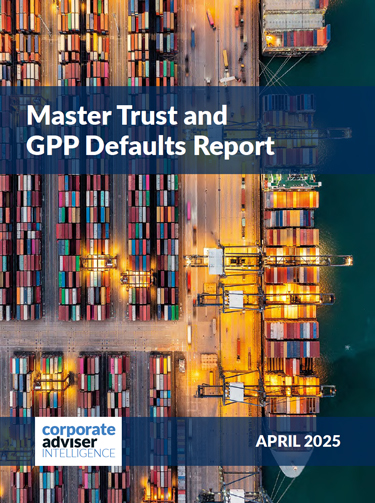Millennials are now a huge part of any business’s workforce and in the coming years, this generation will make up the largest group of workers. In fact, according to Deloitte’s Millennial Survey, it’s estimated that by 2025, 75 per cent of all employees globally will be millennials.
The increase in this demographic is gradually influencing the ways in which corporate advisers are structuring employee benefits packages. There is a shift in the need for flexibility and achieving a work-life balance for this generation of workers, so programmes that recognise the need for flexibility are valued highly by millennials.
However, the benefits industry has been traditionally very slow to adapt to change, with the majority still using the old standard of rigid benefits policies that can only be amended on an annual basis. Technology has presented a real opportunity here for advisers to position themselves well in an increasingly competitive market. So how can it adapt and cater to the changing needs of younger employees in the workplace?
Most of us are used to benefits packages requiring annual enrolment, fixed until the next renewal point. This static approach to benefits became standard practice due to the abundant amount of granular paperwork that would be created by varying start dates and mid-term changes. Providers would be overloaded if large amounts of employees were able to opt-in and alter their benefits whenever they deemed fit. This, in turn, would lead to an increase in costs due to additional admin fees and a loss in workforce productivity as a result of the time taken to process these requests. Online platforms have helped to streamline this process to a certain extent, but the model itself is still outmoded.
The good news is that there has been a recent shift in how benefits can be offered, which is being led by technology and insurance companies, to align with a modern approach to anytime benefits. While traditional benefits packages require annual enrolment, there is now an appetite for an open-ended flexible subscription model, even for core benefits such as life assurance.
Implementing benefits provisions that are parallel with the voluntary ‘anytime’ benefits can improve the effectiveness and perceived value of the package as a whole. Rather than an annual
package that cannot be altered or changed at any time, benefits can adapt to become an ongoing subscription model that can be amended and rebroked in real-time as an employee’s circumstances change, without the need for annual re-enrolment or renewal. This new model allows for customers to change their level of cover and extra benefits as they see fit, without the need for additional administration fees, as an intelligent automated system takes care of the legwork.
For businesses, one of today’s toughest challenges is retaining high quality talent. Just as workplace benefits can help improve employee engagement, providing flexible benefits such as user-relevant protection and pension policies can deliver even greater staff loyalty and retention for the employer, as well as providing a competitive advantage over other firms competing for such talent.
These new subscription-based models for insurances have already been trialled by a handful of industry leaders that have reaped the benefits of this flexible approach with one notable example moving in this direction being Aviva.
In response to concerns that insurance customers who are loyal to one company pay more, the Aviva Plus scheme takes the form of a monthly subscription-style service. The new approach has already received early positive responses for its creation of a level playing field for new and existing customers and for its good degree of flexibility. Its approach also does away with the additional charges that used to be levied against customers who chose to pay monthly rather than annually. This concept is ideally suited to transpose to the world of employee benefits.
The move towards anytime benefits is becoming a requirement to meet modern expectations. It’s a no brainer that companies must understand how benefits could better meet their employees’ needs and provide the variety and flexibility they want. By taking a less archaic and rigid approach to delivering benefits, organisations can achieve this in a multitude of ways. By adapting packages that are more flexible, they can keep up with the changing needs of the modern-day employee, and ultimately produce substantial cost savings for a business.





